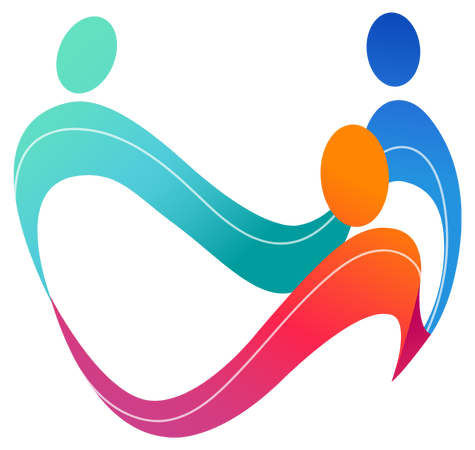No courses in the cart.
Unpacking the 5 Levels of Leadership

Unpacking the 5 Levels
of Leadership
Introduction
Leadership is not a static accomplishment but a dynamic journey. This is the philosophy at the heart of John C. Maxwell's book "The 5 Levels of Leadership." Maxwell, a recognized leadership expert, offers a roadmap for leadership development that articulates five distinct levels. Each of these stages reflects different skills, relationships, and impacts that leaders can have within their organizations. This article explores each of these levels in detail.
The Journey Through the Levels
The journey through the 5 Levels of Leadership is not a linear process. Leaders may operate at different levels with different people and circumstances. The goal for any leader should be to continually grow and evolve, increasing their effectiveness and impact over time.


Understanding the Value of Each Level
Each level of leadership brings its own set of advantages and challenges. Understanding these nuances allows leaders to navigate effectively through their leadership journey, gaining the necessary skills, relationships, and influence needed at each stage.
Steps to Ascend to Higher Levels
Ascending through the levels involves deliberate efforts to expand one’s leadership capacities. This includes building authentic relationships, delivering results, investing in people development, and building a lasting legacy.
Level 1: Position
The first level of leadership, according to Maxwell, is Position. At this level, leadership is based on the title or position one holds within an organization. Leaders at this level have been granted the right to lead because of their role, not necessarily because they have proven their leadership abilities. While this is a crucial first step in the leadership journey, it is also the most basic level.
Characteristics of Level 1 Leadership
- Authority is based on position or title.
- Followership is driven by rules and directives.
- Influence is limited and usually doesn’t extend beyond working hours.
Level 2: Permission
At Level 2, leaders earn the right to lead through relationships. Leadership at this level is based on Permission – people choose to follow because they want to. At this level, leaders begin to demonstrate key leadership traits such as trustworthiness, integrity, and empathy.
Characteristics of Level 2 Leadership
- Authority is based on relationships.
- Followership is driven by loyalty and trust.
- Influence extends beyond working hours.
Level 3: Production
The third level is Production. Leaders at this level not only create a pleasant working environment, but they also get things done. Their teams achieve goals and deliver results, which generates respect and increases the leader’s influence.
Characteristics of Level 3 Leadership
- Authority is based on results and productivity.
- Followership is driven by respect for the leader’s competency.
- Influence positively affects the organization’s culture and performance.
Level 4: People Development
At Level 4, leadership moves beyond results to People Development. Leaders at this level invest in their people, helping them grow personally and professionally. This generates high loyalty and creates a sustainable leadership legacy.
Characteristics of Level 4 Leadership
- Authority is based on people development.
- Followership is driven by admiration and loyalty.
- Influence extends beyond the organization through the leader’s legacy.
Level 5: Pinnacle
The highest level of leadership, according to Maxwell, is the Pinnacle. Leaders at this level have a profound influence that transcends their organization and extends over a long period. Their leadership becomes a source of inspiration, and they create a lasting legacy.
Characteristics of Level 5 Leadership
- Authority is based on personal integrity and a long history of trust and achievement.
- Followership is driven by a deep and abiding respect.
- Influence extends beyond the leader’s tenure and organization, creating a lasting legacy.
Frequently Asked Questions
Can a leader be at different levels with different people?
Yes, a leader can operate at different levels with different people, depending on the nature of their relationships and history together.
Can someone skip levels in their leadership journey?
While someone may appear to skip levels due to their position or circumstance, truly effective leadership involves navigating through each level, learning and growing at each stage.
Is Level 5 the end of the leadership journey
No, reaching Level 5, or the Pinnacle, does not signify the end of a leadership journey. Leadership development is a lifelong process. Even at Level 5, there are always areas to improve and new things to learn.No, reaching Level 5, or the Pinnacle, does not signify the end of a leadership journey. Leadership development is a lifelong process. Even at Level 5, there are always areas to improve and new things to learn.
Are the five levels of leadership linear?
The five levels of leadership are not strictly linear. Leaders can operate at different levels with different people at different times. However, the levels do represent an advancing scale of leadership influence and effectiveness.
How can I move from Level 1 to Level 2 leadership?
Moving from Level 1 to Level 2 involves building relationships with the people in your team. This means showing genuine interest in them, understanding their needs and aspirations, and developing trust.
How important is communication in these levels of leadership?
Communication is vital at all levels of leadership. Effective leaders know how to communicate their vision, listen to their teams, give constructive feedback, and build strong relationships through open and honest communication.
How long does it take to reach Level 5 leadership?
The journey to Level 5 leadership varies for everyone. It’s a lifelong process that requires continuous learning, growth, and commitment to developing others and leaving a lasting legacy.
Can I be a Level 5 leader but lack some skills of the lower levels?
It’s improbable to be a Level 5 leader without mastering the skills of the lower levels. Each level builds upon the previous ones, and the skills and attributes of each level remain important as leaders progress.
Are these levels applicable to all types of organizations?
Yes, the 5 Levels of Leadership are applicable to leaders in all types of organizations, from businesses to non-profits, and even in non-organizational settings such as family and social groups.
Can these levels of leadership be applied to self-leadership?
Absolutely, these levels can be adapted to self-leadership. For example, one can view ‘Position’ as self-discipline, ‘Permission’ as building good habits, ‘Production’ as achieving personal goals, ‘People Development’ as personal growth and learning, and ‘Pinnacle’ as leaving a personal legacy.
Conclusion
John C. Maxwell's 5 Levels of Leadership provide a roadmap for leadership development. By understanding and working through these levels, leaders can enhance their influence, maximize their effectiveness, and leave a lasting positive impact on their teams and organizations.











